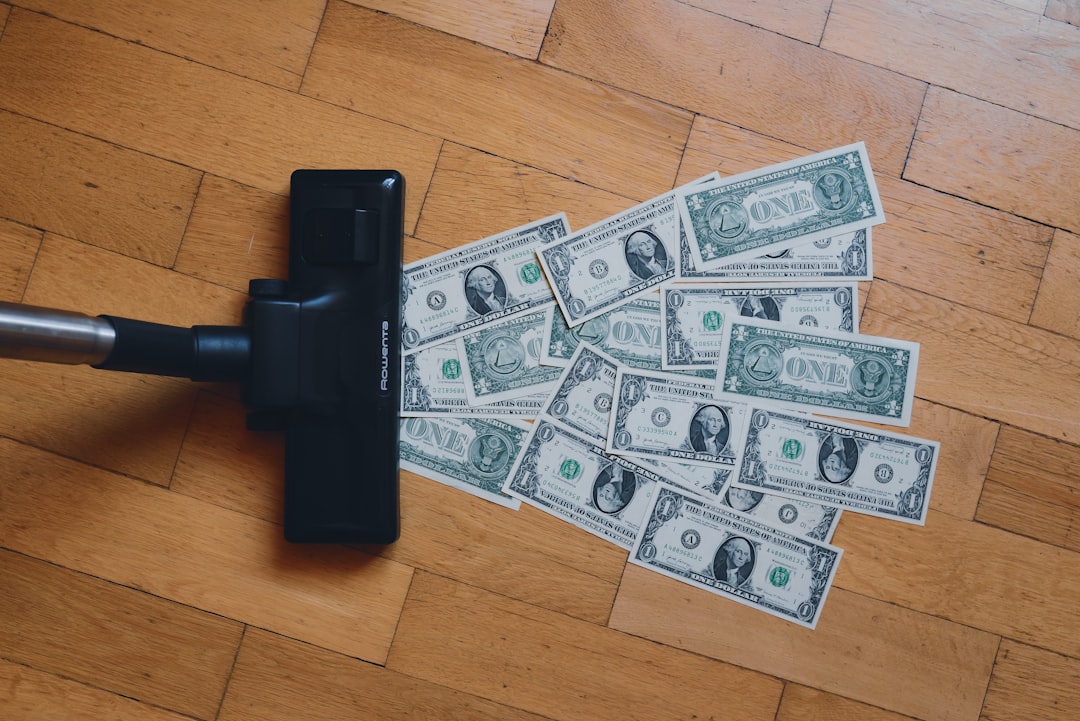“Perhaps the answer is to adopt a career from which you will not want or need to retire.”
I’ve worked with a few individuals who worked until they passed away. They did it joyfully, not out of financial necessity, but because it was the continuous journey of learning and serving others. For play, as much as for the economy of work. They loved what they did, and lived fully in harmony between work and life. This is different than the myth of work-life ‘balance’, rather it was the holistic overlapping of their life’s purpose onto their work role.
This is quite the luxury, but one for which you have the sole responsibility of crafting; nobody will do this for you.
Economic and monetary inflation in recent years (and always!) has put a depressing dent in the retirement forecasting, for most of us. This deeply impacts both business and lifestyle management. What would have passed for a reasonable trajectory of investment vehicles and personal savings accounts has been turned upside-down and thrown back on the drawing board. Here is how we begin again with a realistic and attainable model for living within our means, expanding our growth, and providing for our futures. The joyful symptom of this approach is a meaning economy that provides for both security and the fulfillment of dreams usually relegated to our childhood memories.
Let’s unpack our innate proclivities, affinities, and really implement things like Ikigai like your life depends upon it.
Here is the method in the madness:
Ikigai: “reason for being”:
what you love,
what you are good at,
what the (your) world needs,
what you can be paid for.
A childhood regression:
Early experiences and traumas form a roadmap for purpose and transcendence.
Curiosity and early-developed skills and talents are often pushed aside, but never burn out.
A purposefully nurturing environment and holistic attitude in physical, cognitive, emotional, and social growth fulfills the life-long Ikigai process.
Parents and educators steer the path of self-exposition in one direction or another; we constantly play tug-of-war between the childhood program versus the conditioning of ‘adulting’.
Detours, mistakes, and failures according to what we don’t prefer are stepping stones of adaptability and resilience.
On the ultimate path to purpose and strategic alignment, the inner child’s imprint is ironically and obviously revealed in the end of the story.
A strategic imperative:
This is the most important decision for your survival and the supply chain of your needs, not just a ‘nice to have’.
Your life is a business.
You are the CEO; nobody is above you on the ladder.
Everyone, deep down, seeks happiness, peace, and the cessation of the seeking of unattainable demands.
If you are to serve others and experience meaning in the world, you need a stable platform, helping yourself stand properly first.
A creative delight:
When we are in flow, time, productivity, and the metrics of risk and reward take on different definitions.
The mindset of creativity sits vastly apart from the mindset of obligation.
Fear, especially of scarcity, is the mind killer.
You depend entirely on your mind to shape the meaning of experiences, exclusively shaping all downstream events and relationships in your life.
You were born with peak creativity, and temporarily filtered it from then on, so re-work the neuro-biological filters by changing habits alone.
A work in progress:
Everybody fell of their ‘path’, the victory is in getting back on it again with intention and character.
“There is no such thing as a self-made man.” – we are eternal students drawing from the riches of others to build an abundant lifestyle.
“You are ready, yet you never graduate.” – science proves more happiness in the brain when we don’t quite achieve the goals that cause us to strive.
When you have finally exposed yourself (uncomfortably and with much procrastination) to these simple facts, you adopt productive beliefs and emotional responses. The Ikigai process will continue to unfold (it never stopped yet), yet you will do it consciously instead of unconsciously. This modality too offers better ‘journey, not the destination’ inspiration, and neurologically imprints memories and healing in elevated ways. Brain synapses form faster and with more resilience, leading to a constructive relationship with your own mind, instead of an addicted and combative one, if you are one of those people who can surely (and even desperately!) benefit from adopting such an internal and external set of deliberate changes.
More articles and training will follow, if you are interested, in the days, weeks, months, and hopefully years to come, if you retain your dedication to the Japanese practice of Ikigai.
The sooner the better, your monthly budget, prospects for the future, and your retirement plan will thank you.


